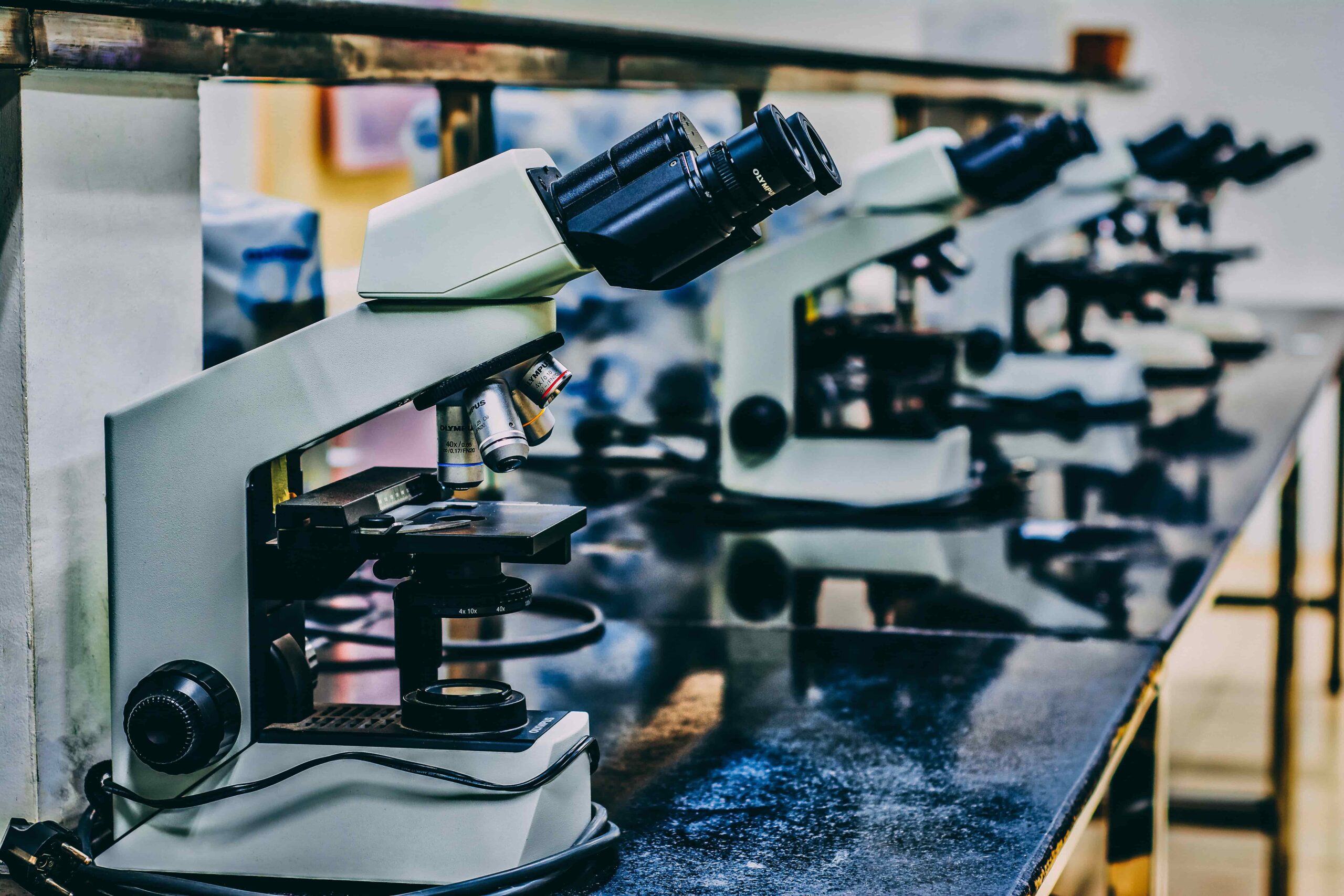
Ensuring Accurate Results: Best Practices for Handling and Storing Media Plates
Introduction:
In the world of microbiology, the accuracy of experimental results is paramount. One key factor in maintaining this accuracy is the proper handling and storage of media plates. Media plates, essential in cultivating and analyzing microorganisms, require meticulous care to ensure their effectiveness. This blog post will delve into the best practices for handling and storing media plates, ensuring that they remain a reliable tool in your microbiological research.
Understanding the Sensitivity of Media Plates
Media plates are sensitive to environmental conditions and contamination. Mishandling can lead to inaccurate results, contamination, or even the loss of a sample. Therefore, understanding the factors that affect media plates is crucial for any microbiology lab.
Best Practices for Handling Media Plates
- Aseptic Technique: Always use aseptic techniques when handling media plates to prevent contamination.
- Minimize Exposure: Keep the plates covered and expose them to the environment only when necessary.
- Use of Gloves: Wear gloves to prevent the transfer of oils and microbes from your hands to the plates.
Storing Media Plates
- Temperature Control: Most media plates should be stored in a cool, dark place, typically between 1 to 5°C.
- Avoiding Light Exposure: Prolonged exposure to light, especially direct sunlight, can degrade the nutrients in the media.
- Orientation: Store plates upside down to prevent condensation on the agar surface, which can lead to contamination.
Shelf Life and Expiry
- Monitoring Expiry Dates: Always check the expiry date before using a media plate. Expired plates may not provide accurate results.
- Rotation of Stock: Use older plates first and keep track of when new plates are added to your inventory.
Transporting Media Plates
- Secure Packaging: When transporting media plates, ensure they are securely packaged to prevent breakage and exposure to adverse conditions.
- Temperature Maintenance: Use coolers or insulated boxes to maintain the required temperature during transportation.
Troubleshooting Common Issues
- Contamination: If contamination is suspected, discard the plate and use a new one.
- Dry Plates: If plates dry out, they are no longer viable for accurate results.
Conclusion
Proper handling and storage of media plates are critical in maintaining the integrity of your microbiological research. By adhering to these best practices, you can ensure that your media plates remain effective and reliable, thereby contributing to the accuracy and success of your experiments. Remember, the care you put into handling and storing your media plates directly impacts the quality of your research outcomes.


